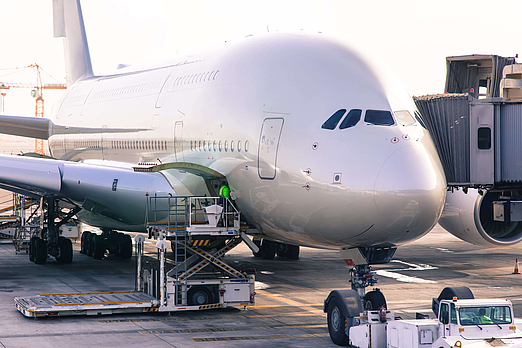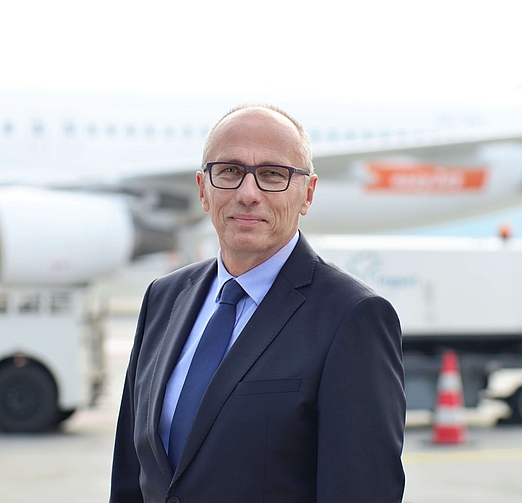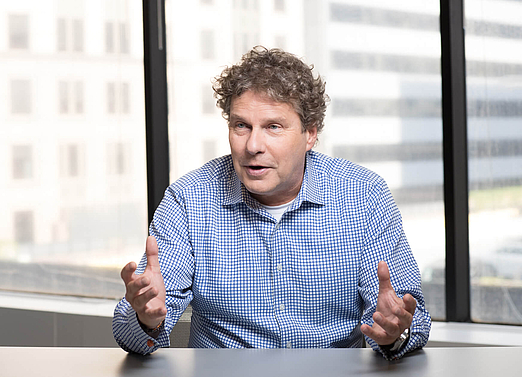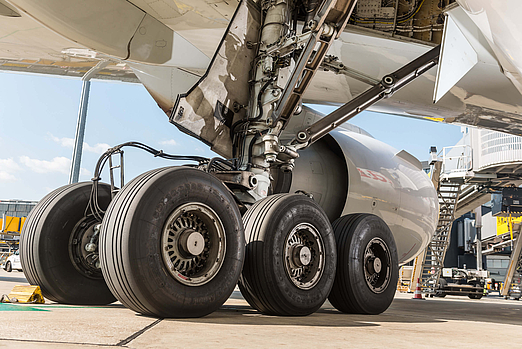“BUD’s vision is to become the main cargo airport for the CEE region”
- Interviews
Budapest Ferenc Liszt International Airport is the international airport of the Hungarian capital and has been following an ambitious program to further increase its cargo business. We took the completion of BUD Cargo City as an occasion to invite René Droese to talk to us about the most recent developments in airfreight, the airport's further expansion plans as well as their expectations of the most recent additions – including a new cargo-partner warehouse and office in the airport's cargo area.
“We are certain that with our new air cargo facility, BUD Cargo City, and with our upgraded infrastructure, we will reach the 150 000-ton threshold very soon.”
The airport's ambitions are clearly geared toward growth.
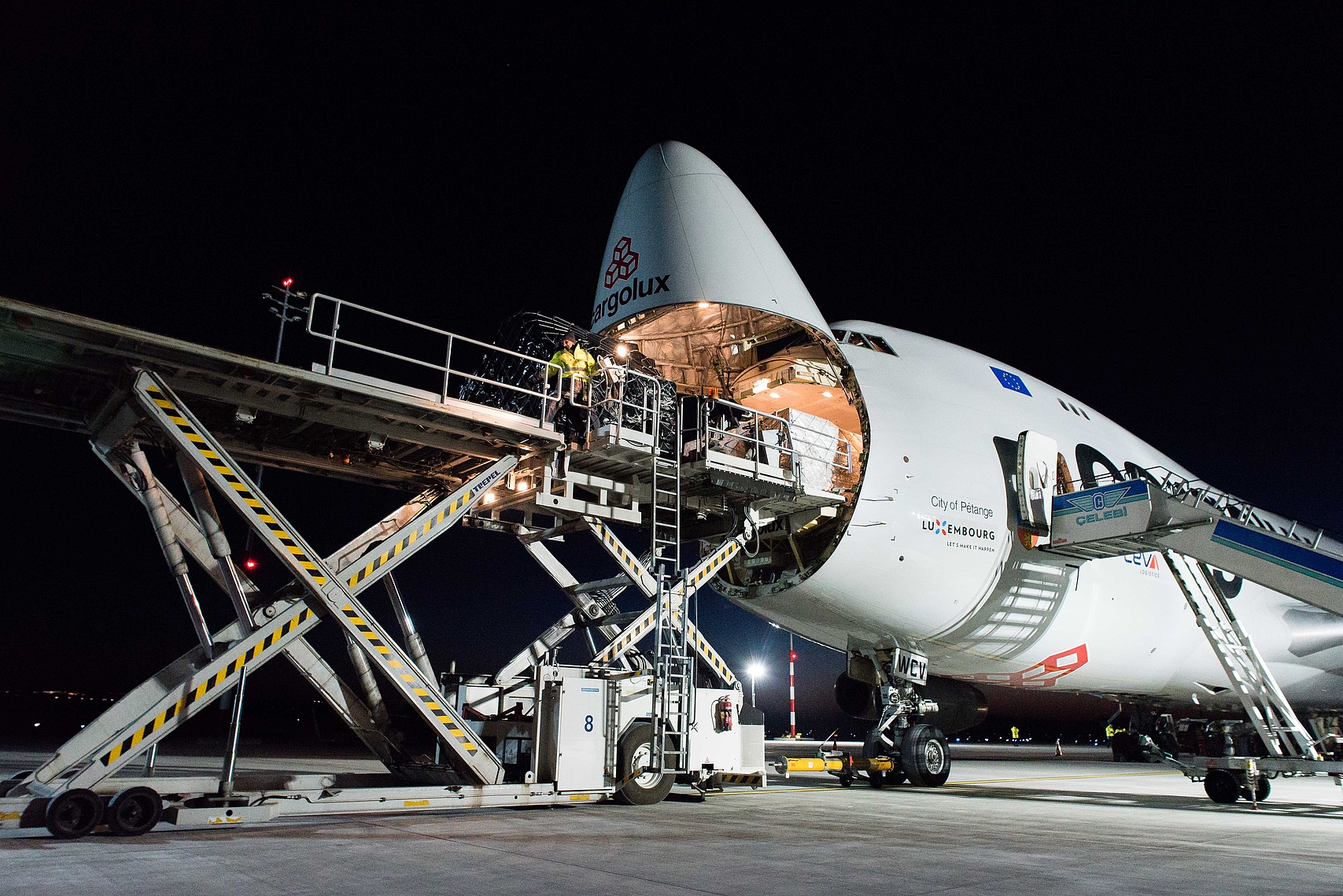
“cargo-partner has always been one of the most important partners of BUD Cargo, being part of our air cargo community from the very beginning. cargo partner was one of the first forwarder tenants to join our BUD Cargo City project which is highly appreciated by BUD. Our co-operation is excellent and very fruitful for both partners. ”
René Droese on the long-time cooperation with cargo-partner.
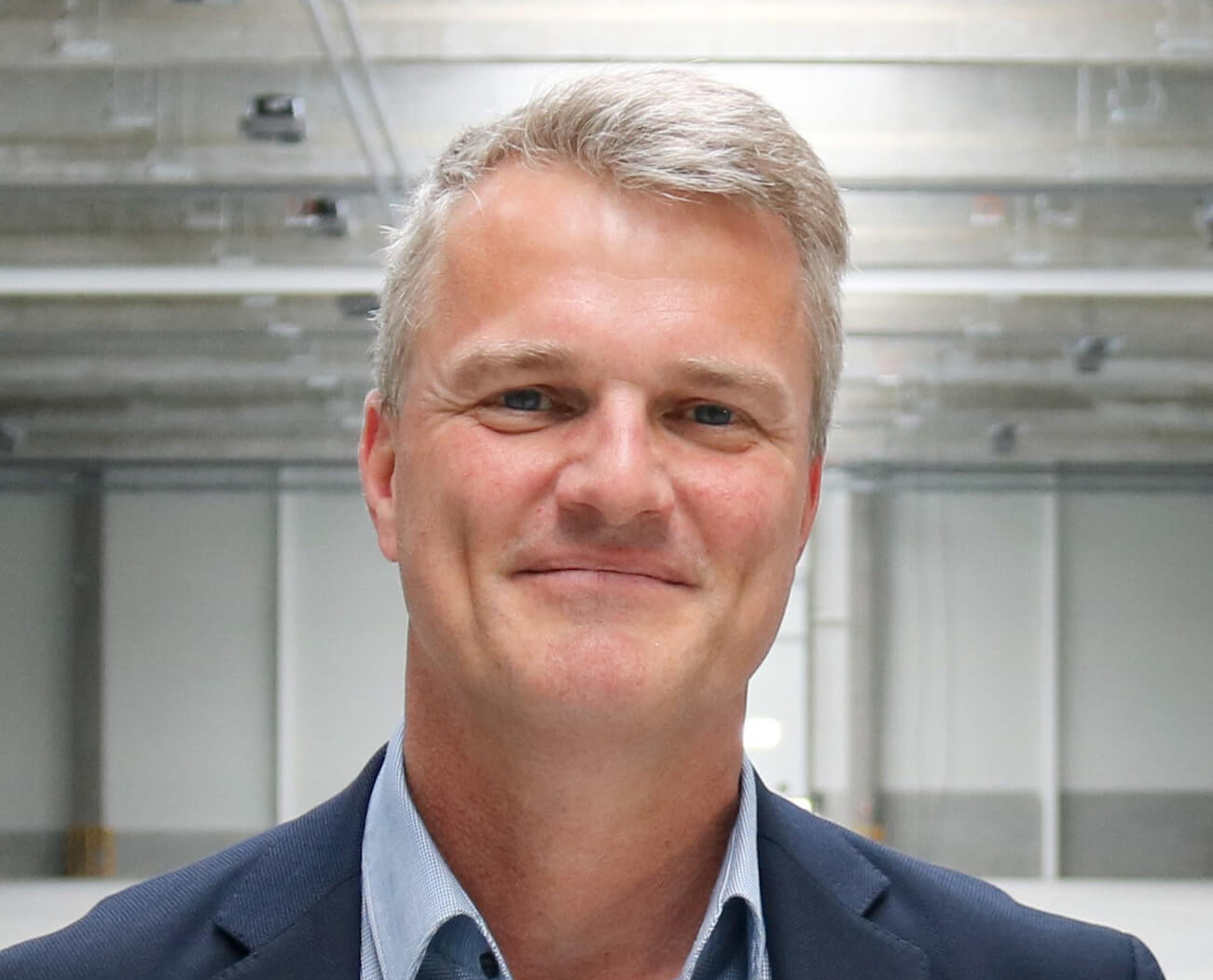
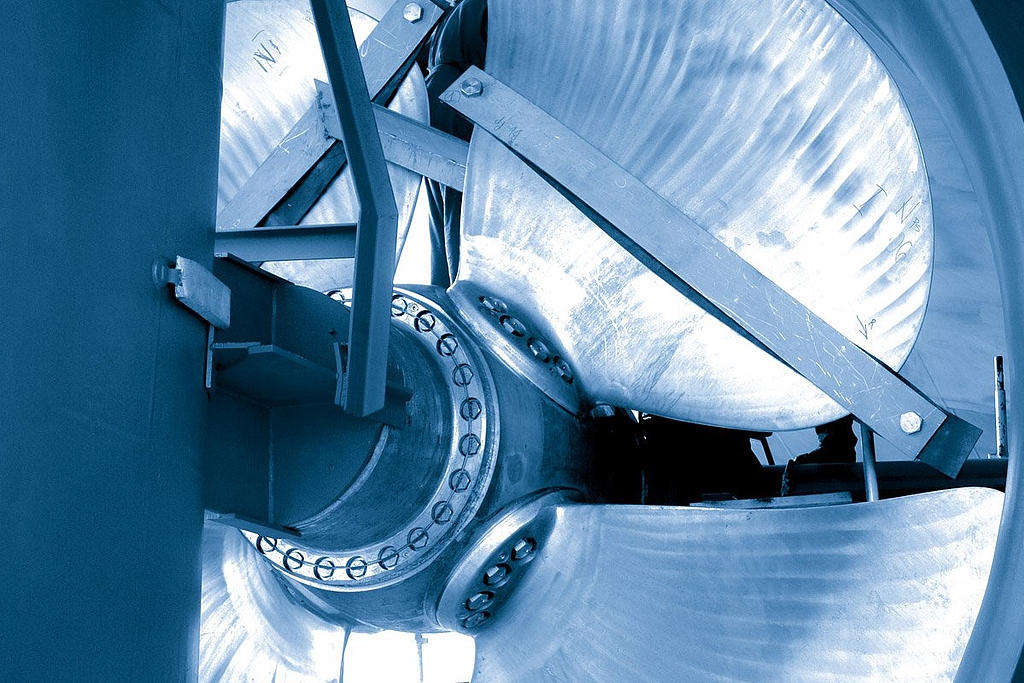

Our rail service is 50% faster than sea cargo and 60% less expensive than air cargo, giving you the best of both worlds.
Rail transport is a fast, cost-effective and environment-friendly alternative to air and sea freight. Our specialized teams will create the optimal rail transport concept for any commodity.
Find out more
